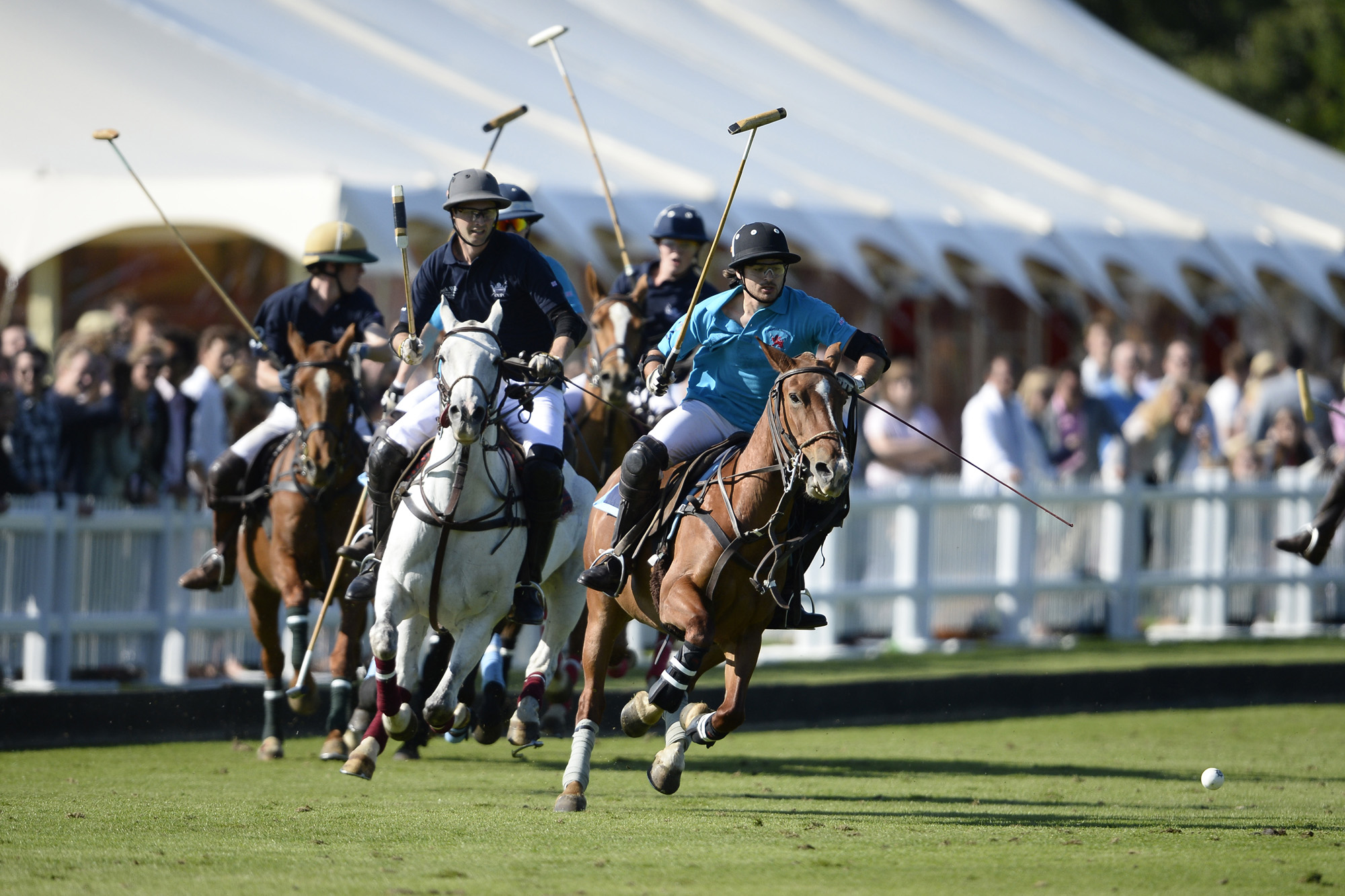How to play polo
- Introduction to Polo
- Understanding Polo Rules: Part 1
- Understanding Polo Rules: Part 2
Tactics & Strategy in Polo
Adapting to Opponent’s Tactics in Polo

Equestrian team sport.
In the fast-paced, strategic game of polo, the ability to adapt to your opponent's tactics can often be the difference between victory and defeat. This unit will delve into the importance of this skill, how to read and anticipate your opponent's tactics, and strategies for adjusting your game plan accordingly.
Understanding the Importance of Adapting to Opponent's Tactics
In polo, as in many sports, no two games are the same. Each team will have its own unique style of play, strengths, weaknesses, and tactics. Being able to quickly identify and adapt to these can give you a significant advantage. It allows you to exploit weaknesses, counter strengths, and disrupt your opponent's game plan.
Reading and Anticipating Opponent's Tactics
The first step in adapting to your opponent's tactics is being able to read and anticipate them. This requires a keen understanding of the game, a sharp eye, and the ability to think quickly.
Watch for patterns in your opponent's play. Do they favor a particular side of the field? Do they have a go-to play or strategy they use when under pressure? Are there certain players they rely on more than others?
Also, pay attention to how they react to your plays. This can give you insight into their defensive strategies and help you find ways to break them down.
Strategies for Adapting Your Game Plan
Once you've identified your opponent's tactics, the next step is to adapt your game plan. This doesn't necessarily mean completely changing your style of play. Instead, it's about making adjustments to counter your opponent's strategies and exploit their weaknesses.
For example, if you notice that your opponent tends to favor one side of the field, you might adjust your positioning to put more pressure on that side. If they have a star player they rely on heavily, you might assign one of your players to mark them closely.
Remember, the goal is not to mimic your opponent's tactics, but to counter them. This requires flexibility, creativity, and a deep understanding of your own team's strengths and weaknesses.
In conclusion, the ability to adapt to your opponent's tactics is a crucial skill in polo. It requires observation, quick thinking, and strategic adjustments. By mastering this skill, you can gain a significant advantage on the polo field and increase your chances of victory.